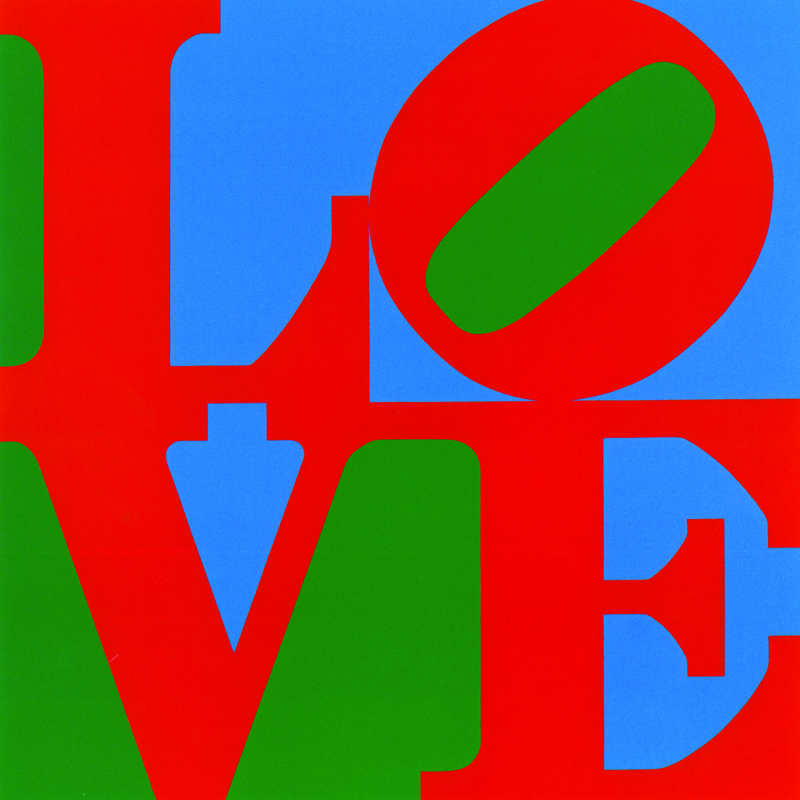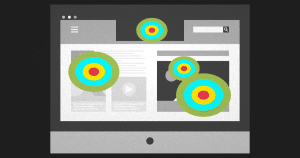Robert Indiana has experienced something all designers think they want–until, perhaps, they have it. The pop artist came to widely known prominence with his 1966 piece “LOVE,” whose stacked letters and tilted “o” proliferated —without his permission — to become one of the 20th Century’s most recognizable pieces of graphic design.
It came to symbolize many things—the ’60s counterculture, sexuality, a wide array of branding—but it never really fairly represented the rest of Indiana’s work, which is actually quite broad in its spectrum and not nearly as saccharine as “LOVE.”

The Whitney Museum seeks to extend Indiana’s artistic legacy by showing the artistic span of his work, in his first major American museum retrospective Robert Indiana: Beyond LOVE. These works include not only his most well-known, such as “LOVE,” “EAT/DIE” and “Exploding Numbers,” alongside 75 other works that span media, subject and time (1955-2001).

According to Curator Barbara Haskell, “Indiana’s exploration of identity, racial injustice, and the illusion and disillusion of love give emotional poignancy and symbolic complexity to our ever-evolving understanding of the ambiguities of American democracy and the plight of the individual in the modern world.”

With his populist imagery, he invokes topics like literature, with a series of paintings using texts from Walt Whitman, Herman Melville and Henry Wadsworth Longfellow. He also addresses social concerns like death, democracy and racial injustice. That’s a long way from free love. For designers, what’s particularly appealing about Indiana’s work is his use of text, which paved the way for a number of younger artists’ text-based work. His pieces are at first very direct, like advertising or logos, but as they sit, they become multilayered and more abstract. “Indiana’s marriage of language and hard-edge abstraction was audacious,” Haskell said. “It was one thing to insinuate words into an overall composition or depict them with painterly brushstrokes, but to present them without mediation, in the style of advertisements, was unprecedented.” Indeed, like advertisements, they are visually gripping. And like any good consumer of advertisements will know, the more you look, the more you’ll find.
Robert Indiana: Beyond LOVE Whitney Museum Through Jan. 5, 2014
Rani Molla has a digital media master’s degree from Columbia Journalism School and is the editorial producer at GigaOM. She’s a journalism reader, writer, photographer, videographer, data visualizer and general doer. Follow her on Twitter.








